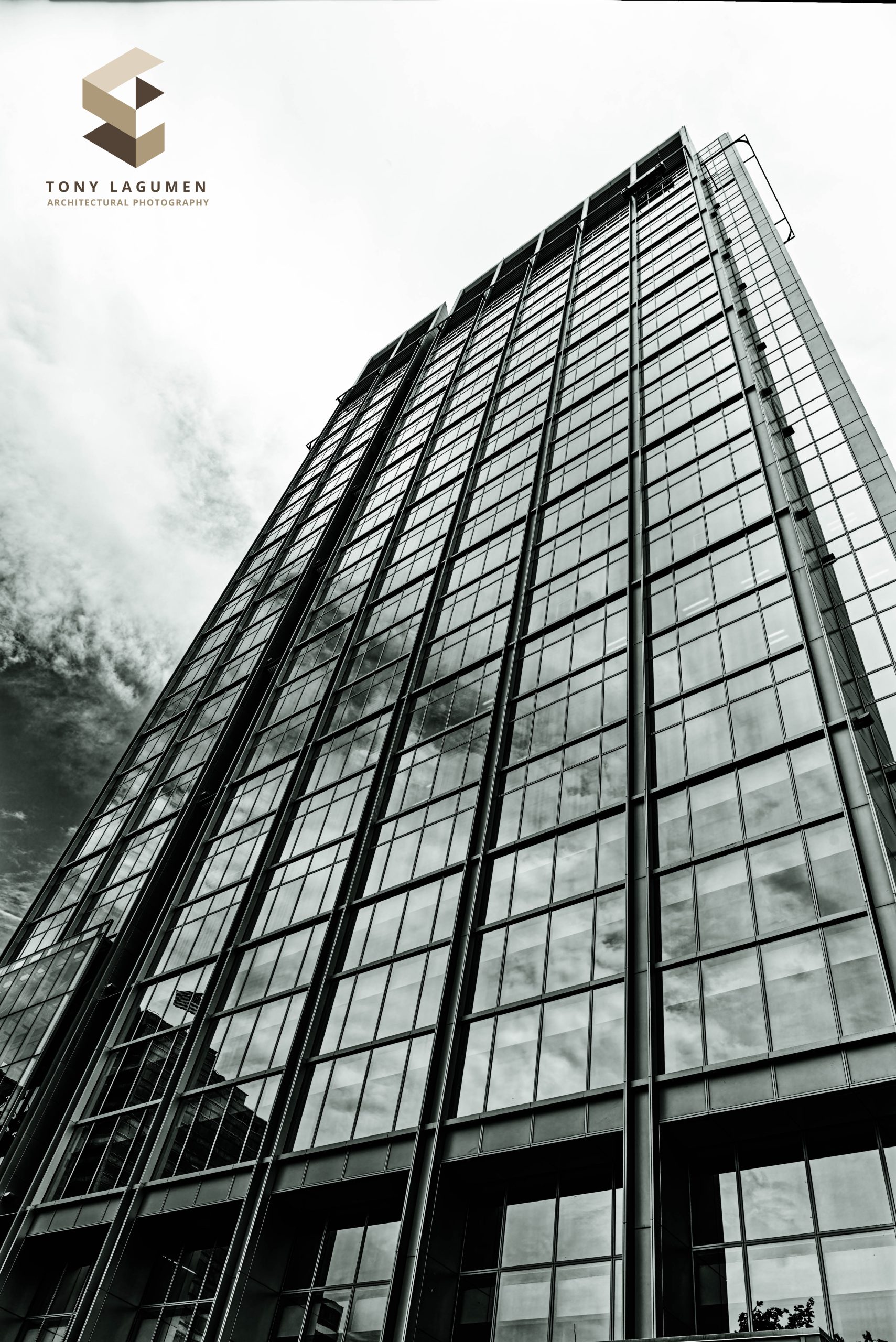Correcting Perspective Distortion with a Tilt-shift Lens
When you tilt your camera to capture a subject, it’s common to inadvertently introduce perspective distortion, which causes lines to converge towards each other. This effect becomes particularly pronounced when shooting from ground level, distorting the natural geometry of the scene. However, employing a tilt-shift lens offers a solution to this challenge. By using this specialized lens, you have the ability to adjust the optical axis, effectively minimizing perspective distortion and ensuring that parallel lines remain parallel in your photographs.
This unique feature allows photographers to maintain the integrity of architectural elements and other straight lines in their compositions. By tilting and shifting the lens, you can precisely control the perspective, resulting in a more faithful and accurate representation of the scene. This level of control not only enhances the technical quality of the image but also contributes to its overall visual impact.
For instance, when capturing a scene with complex architecture or expansive landscapes, a tilt-shift lens empowers you to convey a truer sense of space and dimension. By mitigating perspective distortion, you can ensure that the proportions and relationships between objects remain faithful to reality.
In my case here, I captured this image during mid-afternoon with overcast clouds and raindrops which added a unique atmosphere to the scene. Despite the rushed nature of the photo shoot, the use of the tilt-shift lens had enabled me to attain a satisfactory outcome, preserving the integrity of the composition and enhancing its visual appeal and allure.

Creating a Panoramic Scene
To create this panoramic photograph, I stitched together a series of four images captured with a Canon EOS-1DS Mark III equipped with a 24mm tilt-shift lens. Each shot was taken at an aperture of f/16 with a shutter speed of 1/60 to ensure optimal exposure and depth of field. Despite the potential benefit of using a graduated ND filter to manage the contrast between the sky and the landscape, I opted to forego this accessory due to the urgency caused by the drizzling rain. While the decision to skip the filter may have been driven by time constraints, the resulting panorama still offers a captivating view, showcasing the landscape’s expansive beauty and unique atmosphere.


